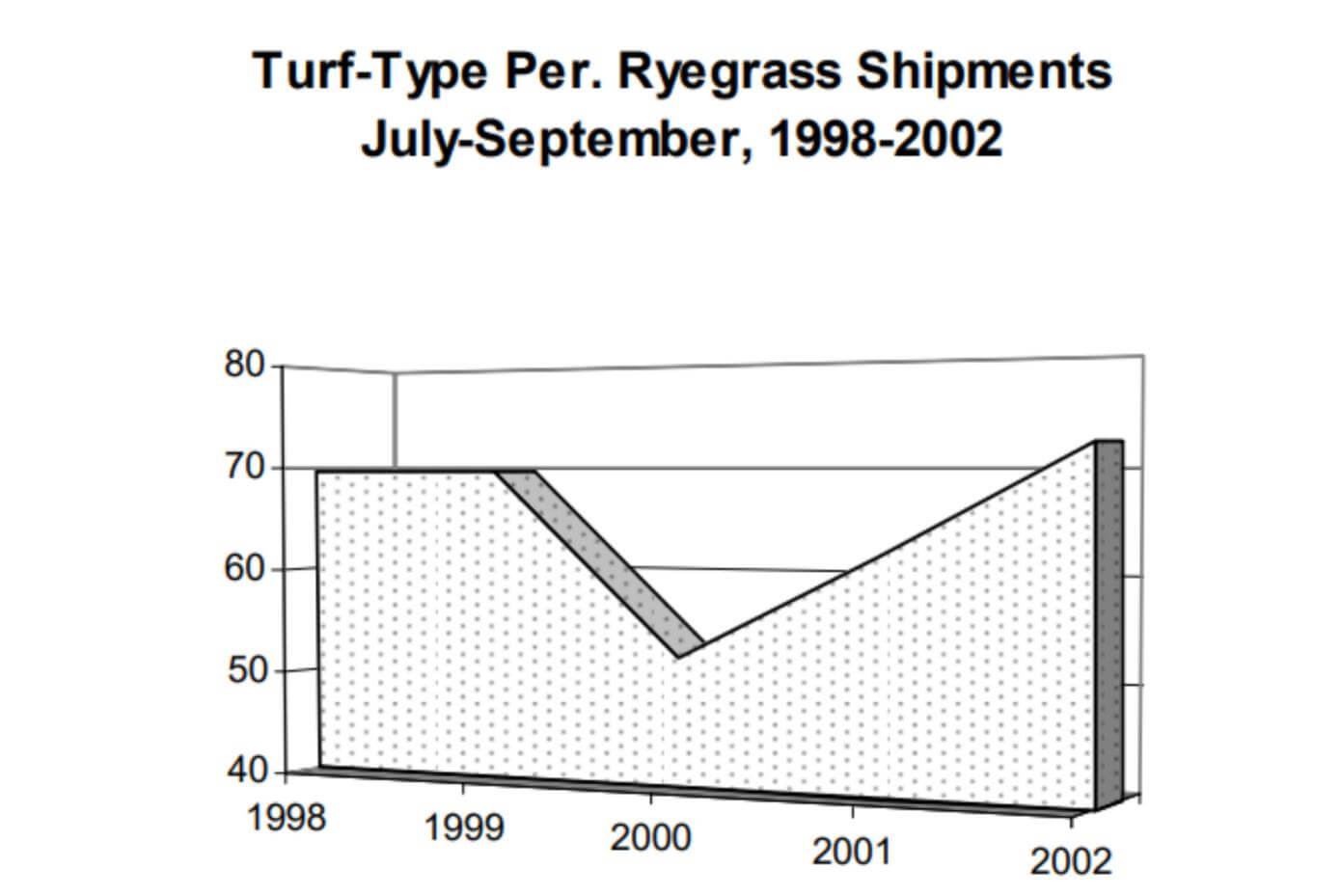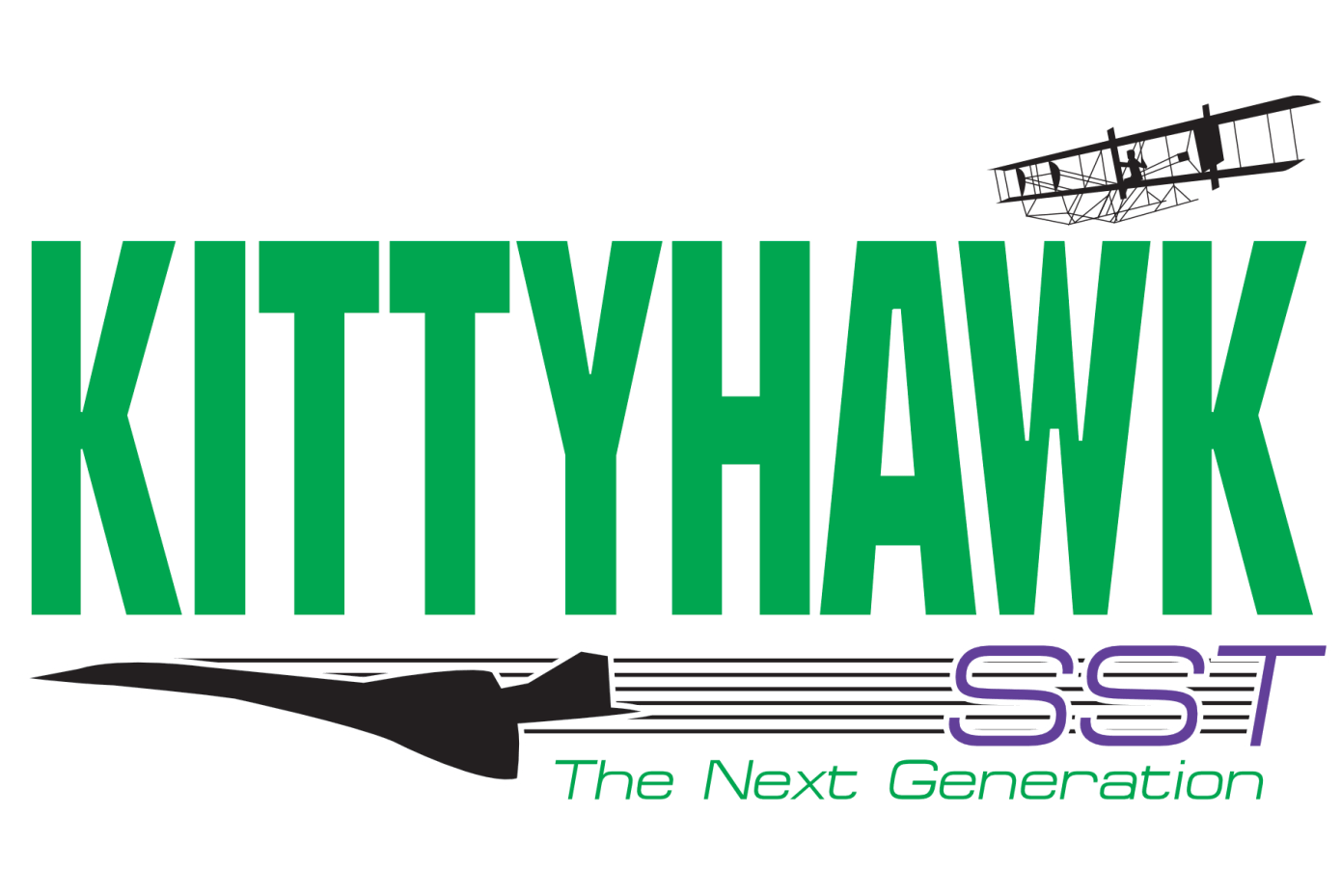Market Watch
Winter has clearly arrived early for much of the country. With snow on the ground over most of the northern half of nation, ice, freezing temperatures, and hardened ground, retail seed sales have ceased (at least for most of the country.) However, the major markets, especially in the North are staying strong, with even stronger futures. Creeping red fescue is over the $40/cwt level with new crop ’04 trading in the upper $40’s. Gone are the days of $30 creeper! Nor has Kentucky bluegrass backed down, as it takes at least $85 to buy new crop ’04. That said, there’s plenty of availability for buyers – as long as they will pay the price.
Another interesting commodity is perennial ryegrass. Although the seed may be there, reluctant hands are holding tight on both good-quality and off-quality, proprietary and variety not stated. There is a possibility that this might ease up through the winter months, but it may not. If spring is strong early, then mid $50s is likely for many proprietaries. If winter is both early and long, then we may see a softening. In the meantime, it looks like its going to be a cold hard winter with few deals and higher prices!
Crop Talk
Speaking of ryegrass, every quarter the Oregon Ryegrass Growers Seed Commission reports the number of assessed pounds. These “assessed pounds” give a general picture of pounds of seed shipped. At times there can be a significant amount of seed put in storage, but generally this is a good indicator of seed activity for the reported period. These numbers date all the way back to 1965, when Oregon shipped less than 125 million lbs. of perennial and annual ryegrass combined for the year. The highest year on record was 1999-2000, when shipments exceeded 532 million lbs.! So, how about this year? Well for July/Sept, the Commission reported over 123 million lbs. annual/gulf and over 72 million lbs. of turf-type perennial ryegrass. By the way, that’s MORE turf-type perennial ryegrass than any other previous first quarter reports! Want to see the whole report? Just ask and we’ll fax you a copy!
Characteristics
It causes grass leaves to look water-soaked, copper-colored, dark brown or black in color, and feel greasy. It likes hot (80-95 degree F), humid weather and high levels of nitrogen. It can be spread by lawn equipment, foot traffic, and surface water. If not controlled, it can spread quickly and wipe out large patches of lawn. What is this killer? Does it have a name? It is Pythium Blight, an arch-enemy of ryegrass and tall fescue. Sure, it can be treated with chemicals, if caught in time. Better, it can be avoided, or at least minimized by planting resistant varieties, like Kittyhawk SST. Kittyhawk SST was the third highest rated variety in the latest trials. Of interest is that many well known varieties did not fair so well. Kittyhawk SST SOARS above the rest against Pythium!
NTEP Final Report
Pythium Blight
1997-2000
| Variety | Pythium Resistance |
|---|---|
| Highest Score (Tomahawk-E) | 7.3 |
| Kittyhawk SST | 6.7 |
| Falcon II | 6.3 |
| Crossfire II | 3.3 |
| Plantation | 1.7 |
| Lowest Score (Rebel 2000) | 1.0 |
| LSD | 3.3 |

